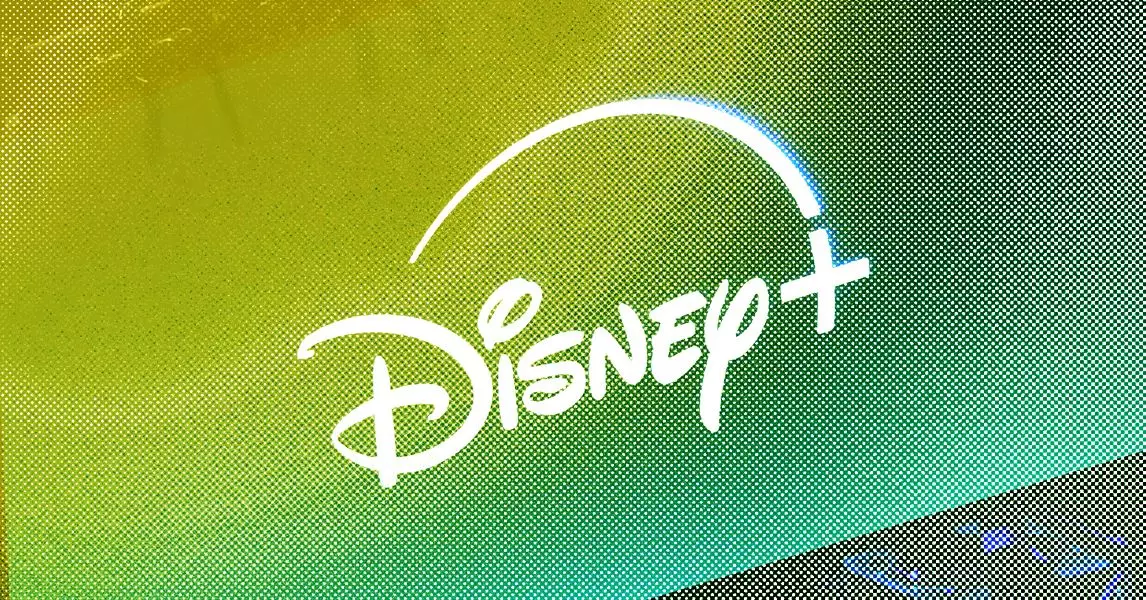In the rapidly evolving digital landscape, the emergence of AI-generated content has ignited a fierce debate over its implications for the publishing industry and the authenticity of information shared online. Critics argue that what is now dubbed “AI slop” encompasses a wide array of low-quality, often misleading content flooding various platforms. This term encapsulates the growing concern over the proliferation of algorithmically generated texts that have seemingly no regard for nuance, context, or, most importantly, truth. The ramifications of this trend extend beyond mild annoyance; they signal a substantial threat to the quality and integrity of information available to the public.
AI slop has become an alarming norm, feeding into the psychological and informational appetite of users who increasingly consume content at a breakneck pace. Think about it: how often do we stumble upon articles laden with falsehoods, fabricated references, or randomly generated titles? This dilution of content quality creates a disorienting landscape where valuable information struggles to compete against a cacophony of shallow bytes that prioritize quantity over depth. In this environment, no topic is immune—be it trending news, social commentary, or even creative endeavors like literature and art.
The Authentic vs. the Artificial: A Diplomatic Crisis
As human creators grapple with this new reality, they face a palpable crisis of authenticity. Readers are unwittingly engulfed in a sea of information where distinguishing reality from fabrication has become increasingly arduous. For example, reputable publications have been known to mix legitimate narratives with AI-generated content—advertising summer reading lists that curate non-existent titles, obscuring the line between fact and fiction. This phenomenon raises unsettling questions about the very essence of journalistic integrity and professionalism.
It is essential to consider the consequences this has on trust. Once regarded as bastions of factual representation, news organizations now risk losing credibility in the eyes of the public—a dangerous road paved with the passive acceptance of AI content as acceptable journalism. The effects are doubly concerning when one considers political figures who capitalize on AI slop to amplify their narratives, blurring the lines even further. This is where the stakes escalate. Public perception can easily be manipulated when sensationalized, fabricated information masquerades as legitimate journalism, generating a divisive and misguided dialogue.
The Paradox of Popularity: AI Slop’s Acceptance
What’s troubling yet paradoxical is the growing acceptance of AI-generated content in certain environments. Take LinkedIn, a platform that thrives on a particular type of professional presence characterized by blandness and uniformity. Surprisingly, over 54% of longer English language posts on this network are reported to be AI-generated. The platform may actively monitor content quality, yet there lies an irony in the fact that mediocrity seems to flourish within its ecosystem. In many ways, AI slop finds its niche by feeding the very expectations that keep platforms like LinkedIn operational.
Ultimately, this raises a vital question: Can we build a meaningful future for content in an era characterized by such overwhelming and subpar information? While the convenience afforded by AI-generated texts may satisfy immediate demands for content, it simultaneously circumscribes the quality of discourse and thought. As users, we must cultivate a discerning eye, being critical of the information we consume—no matter how appealing or viral it may appear.
A Call to Action: Reclaiming the Narrative
At this critical juncture, it is imperative for journalists, creators, and consumers alike to confront the issue of AI slop head-on. It’s essential to advocate for a shift towards protecting content quality at all costs. An informed public is the bedrock of democracy, and the essence of a healthy information ecosystem rests upon the authenticity and insightfulness of shared narratives.
We must urge publishers to champion transparency in the creation of content. Initiatives aimed at labeling AI-generated texts could help provide clarity for readers seeking authentic and reliable material. We must incentivize and celebrate thorough research, investigative journalism, and cherry-picked human creativity—celebrating originality as an antidote to the sea of generative sludge.
In this battle against the enshittification of our digital landscapes, we have the potential to effect meaningful change. The power lies within each of us to discern the quality of the content we engage with and demand better from our information sources. We owe it to ourselves and future generations to foster an environment that elevates genuine talent and provokes thought, rather than succumbing to the endless churn of AI slop.

